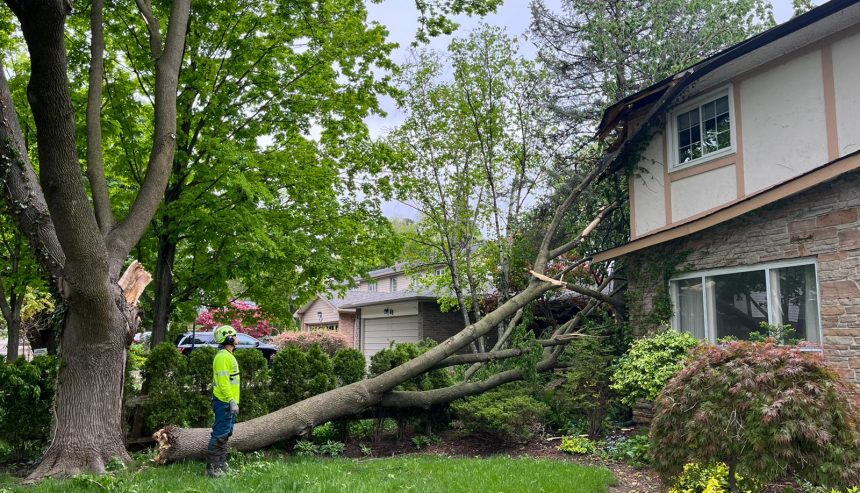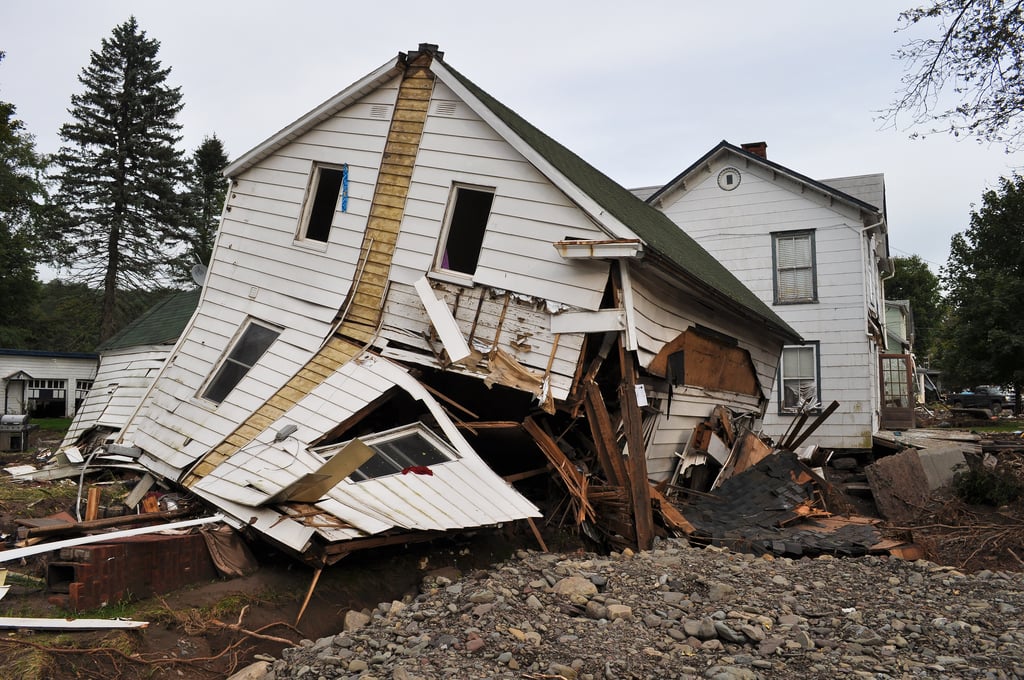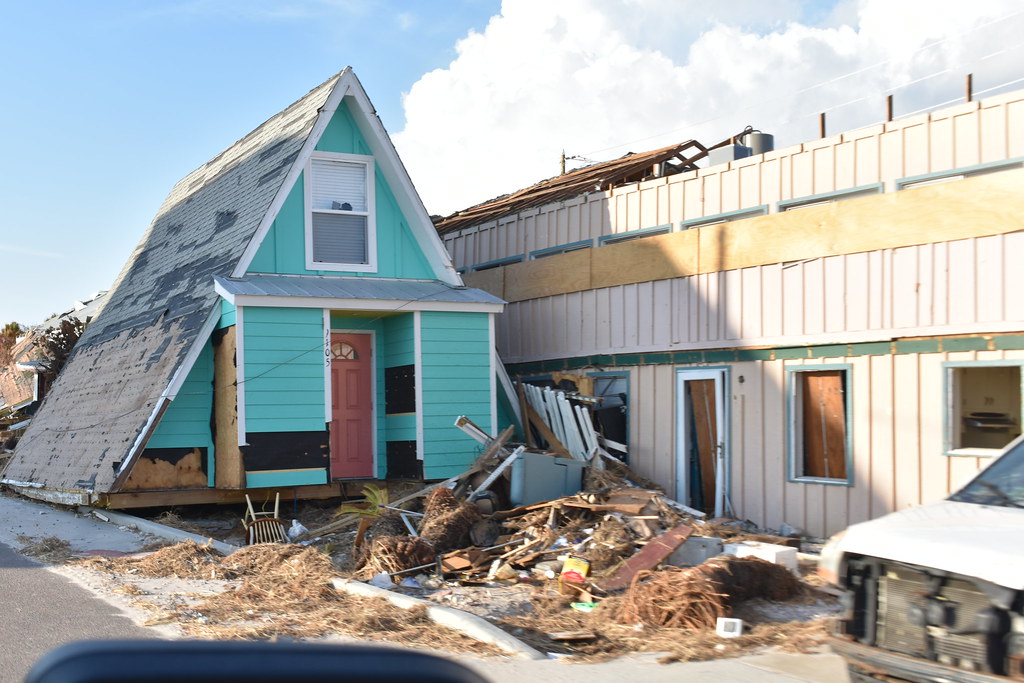Table of Contents

Storm damage can have a devastating impact on your home, causing everything from minor leaks to severe structural damage. Preparing your home to withstand storms is essential in protecting your property and ensuring the safety of your family. In this comprehensive guide, we’ll explore various measures you can take to safeguard your home from storm damage.
Tips to Avoid Storm Damage on Your Home
1. Inspect and Maintain Your Roof
Your roof is the first line of defense against storm damage. Regular inspections and maintenance can help identify and address potential issues before they become major problems.
- Inspect shingles and tiles: Look for loose, damaged, or missing shingles and replace them promptly.
- Check for leaks: Inspect your attic for signs of water intrusion.
- Clean gutters and downspouts: Ensure they are free of debris to prevent water backup and roof damage.
- Reinforce roof decking: Consider adding extra nails or adhesive to secure your roof deck against high winds.
2. Secure Windows and Doors
Windows and doors are vulnerable points in your home during a storm. Strengthening these areas can significantly reduce the risk of storm damage.
- Install storm shutters: These can provide a strong barrier against flying debris and high winds.
- Use impact-resistant glass: Replace standard windows with impact-resistant glass to withstand extreme weather conditions.
- Seal gaps and cracks: Apply caulk around windows and doors to prevent water intrusion.
- Reinforce garage doors: Ensure your garage door is properly braced to withstand high winds.
3. Protect Your Home’s Exterior
The exterior of your home is exposed to the full force of a storm. Taking steps to protect it can help minimize damage.
- Trim trees and shrubs: Remove dead branches and trim back overhanging limbs to prevent them from falling on your home.
- Secure outdoor furniture and decor: Store or anchor items that could become projectiles during a storm.
- Inspect and repair siding: Ensure your home’s siding is secure and in good condition to prevent water penetration.
- Install a sump pump: In areas prone to flooding, a sump pump can help keep your basement dry.
4. Prepare Your Yard
Your yard can contribute to storm damage if not properly maintained. Preparing your yard can help mitigate risks.
- Grade your lawn: Ensure the ground slopes away from your home to direct water runoff.
- Clear storm drains: Keep storm drains free of debris to prevent water backup.
- Install a rain garden: This can help absorb excess rainwater and reduce flooding.
- Use mulch: Apply mulch in garden beds to help prevent soil erosion and protect plant roots.
5. Install Backup Power
Power outages are common during storms. Having a backup power source can keep essential systems running and reduce storm damage.
- Install a generator: A standby generator can automatically provide power to your home during an outage.
- Use surge protectors: Protect electronics and appliances from power surges caused by lightning.
6. Create an Emergency Plan
Being prepared for a storm involves more than just safeguarding your property. An emergency plan ensures your family knows what to do during a storm.
- Develop a communication plan: Ensure all family members know how to contact each other and where to meet if separated.
- Stock an emergency kit: Include essentials like water, non-perishable food, medications, and first aid supplies.
- Know your evacuation routes: Familiarize yourself with local evacuation routes and have a plan for where to go if you need to leave your home.
- Stay informed: Monitor weather forecasts and heed any warnings or advisories from local authorities.
7. Check Your Insurance Coverage
Having the right insurance coverage can provide financial protection in the event of storm damage.
- Review your policy: Ensure your homeowners insurance covers storm damage, including wind, hail, and flooding.
- Document your property: Keep an up-to-date inventory of your home’s contents and take photos of your property for insurance purposes.
- Understand your deductible: Know how much you’ll need to pay out of pocket before your insurance coverage kicks in.
Conclusion
Safeguarding your home from storm damage requires a proactive approach. By taking these preventive measures, you can protect your property and ensure the safety of your family during severe weather. Regular maintenance, preparation, and having a solid emergency plan in place are key to minimizing the impact of storms on your home.
For more information on protecting your home from storm damage or if you need assistance with restoration after a storm, contact our expert team at PuroClean of Coral Gables via +1 305 894-4343. We’re here to help you weather any storm.

